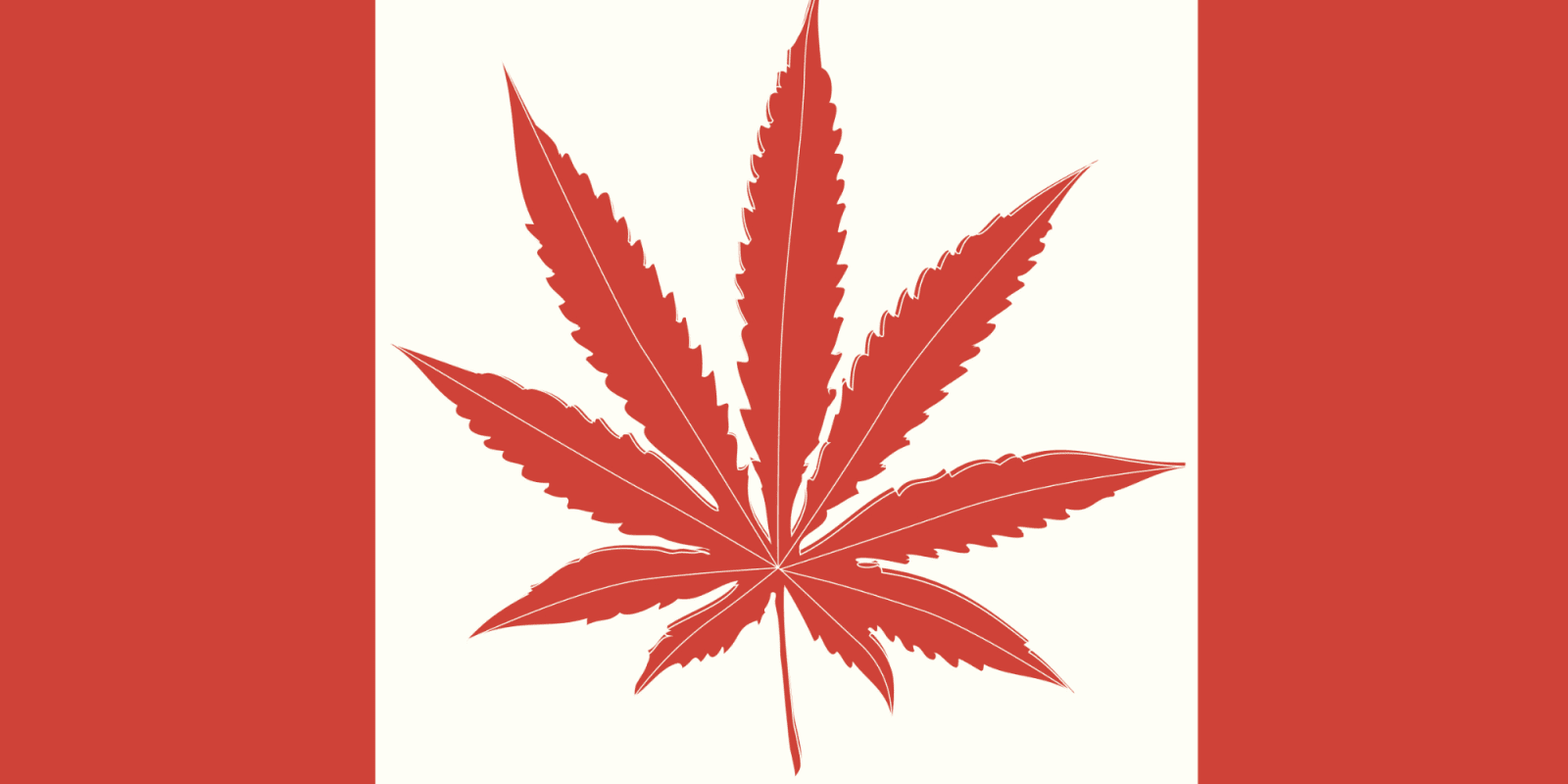
I was working locum tenens when Canada legalized marijuana, and I have more observations than statistics.
Full disclosure: I keep coming back to a mill town of about 4,000 in northern British Columbia. Unions dominate the town, the workers get very high wages. The ethnicity demographics include about 15 percent First Nations and 20 percent French surnamed. East Asians comprise a good proportion of the advanced degree holders and management working in the mills. The very few Hispanics tend to be professionals from South America.
Canada is a very big country, the second largest in the world and 90 percent of the population lives within 100 miles of the US border. My venue would be called rural by the optimists and remote by the realists. Keep in mind my sample comprised .01 percent of the people.
Some would argue that Quebec and the First Nation territory of Nunavut must be considered separately.
When marijuana became fully legal, we initially didn’t notice many changes. But over the ensuing months, we did — some surprising and some not so surprising.
No Surprises
More underage pot use. Yes, the teenagers got ahold of it when it was illegal, but more started using daily when the flow through the legal pipeline opened.
More overall pot use. As expected, overall use increased. Of course you couldn’t accurately measure consumption when it was illegal, but I ask people how much weed they use. As the admitted amounts increased, so did the vagueness of the answer. So instead of asking, “How many joints a day?” I started asking, “How much do you buy at a time? When was the last time you bought? How much do you have left?” (I use the same approach with alcohol.) Daily use has replaced occasional use, and heavy daily use (more than a gram a day) has become common.
Worse money management. Everyone already knows everything bad about tobacco, alcohol, and marijuana except the yearly costs. I take the patient’s own estimates and put them together. Some people are spending more than $20,000 yearly to make sure their doctor has job security.
Increased anxiety: More and more people come in with anxiety that has started to disrupt their lives. Trying to explain to them that the ganja that mellows immediately inevitably brings paranoia doesn’t work.
More motor vehicle crashes. Here, again, I have to admit I have impressions rather than data, but it seems to me I saw a lot more people were being injured in vehicles, though the injuries tended to be pretty minor.
Use in pregnancy. I estimate that a quarter of my pregnant patients use marijuana regularly if not daily.
Surprise!
Increased stimulant abuse. Our facility had a run on methamphetamine and cocaine overdose that started in October and continued to ramp up for the next three months.
No increase in sexual dysfunction. The mass effect of pouring tons of THC into a willing population will inevitably drive down testosterone levels, libidos, and sperm counts. Yet I did not see an uptick in complaints of ED or infertility.
A dramatic decrease in Cannabis Hyperemesis syndrome: A bit of marijuana quells nausea and vomiting, but too much amplifies it. It has become a phenomenon so common that its been given a street name of “greening out.” We went from seeing three or four cases of this per week to seeing three or four a month.
A continued use of black market marijuana. I ask everyone about marijuana use, from the 12-year-olds to the octagenarians. I do my best to quantify, which requires an estimate of potency, so I ask the source. Despite the availability of very high potency material that is of known purity, about a third of my patients using marijuana still buy through their old connections.
Of course, take these observations with a grain of salt. Wait for official statistics. View study design and conclusions critically.
Dr. Steven F. Gordon is a family physician and a 2018–2019 Doximity Author.







